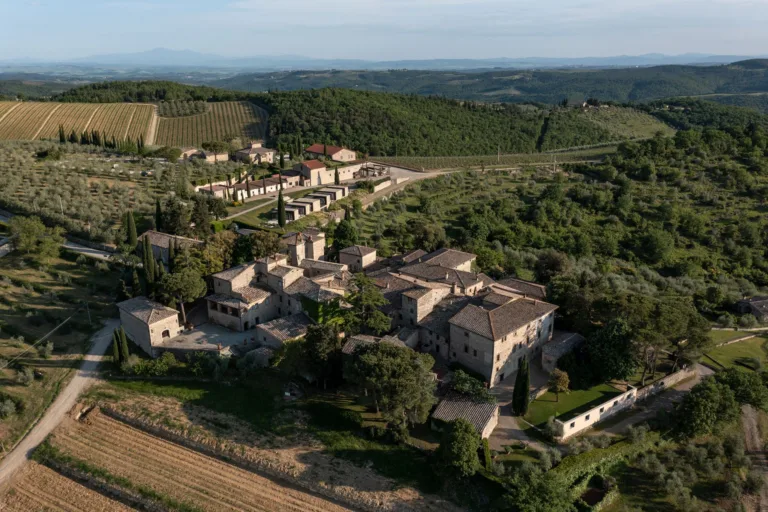“We should be farming the soil, the mycorrhizal fungi, more than the vines. What they need is in the soil if we create the conditions that make that nutrition available to them. At first, I was focused on what the vines were lacking when I should have been focused on what the soil was lacking.” said Michele Cotarella, an Italian winemaker and viticulturist to wine writer Jamie Goode.
Carbon farming is farming the soil. We have just under fifty acres of grapevines on our one-hundred-acre farm in Oregon’s Applegate Valley. The grapevines themselves occupy a small fraction of those acres. The rest of the vineyard is planted in a diverse — almost thirty — range of cover crop plants. These cover crops have one purpose — to feed the living organisms that transform dirt into soil.
Our farming at Troon Vineyard is fundamental. If you have healthy soil, you are more likely to have healthy plants. Healthy plants can defend themselves. Sick plants can’t defend themselves and invite nature’s clean-up crew. We call them pests, but they are essential to nature’s plan. Soil health means vine health, better wines, and more nutritious produce.
We aspire to cooperate with natural systems. There is a system that creates healthy soil that nourishes healthy vines that produce healthier grapes. The more we interfere with that system, the faster it breaks down. Unfortunately, interference has become the norm. The results were predictable.
So at Troon Vineyard, we are farming the soil. The bounty that our
This Article was originally published on Craig Camp






